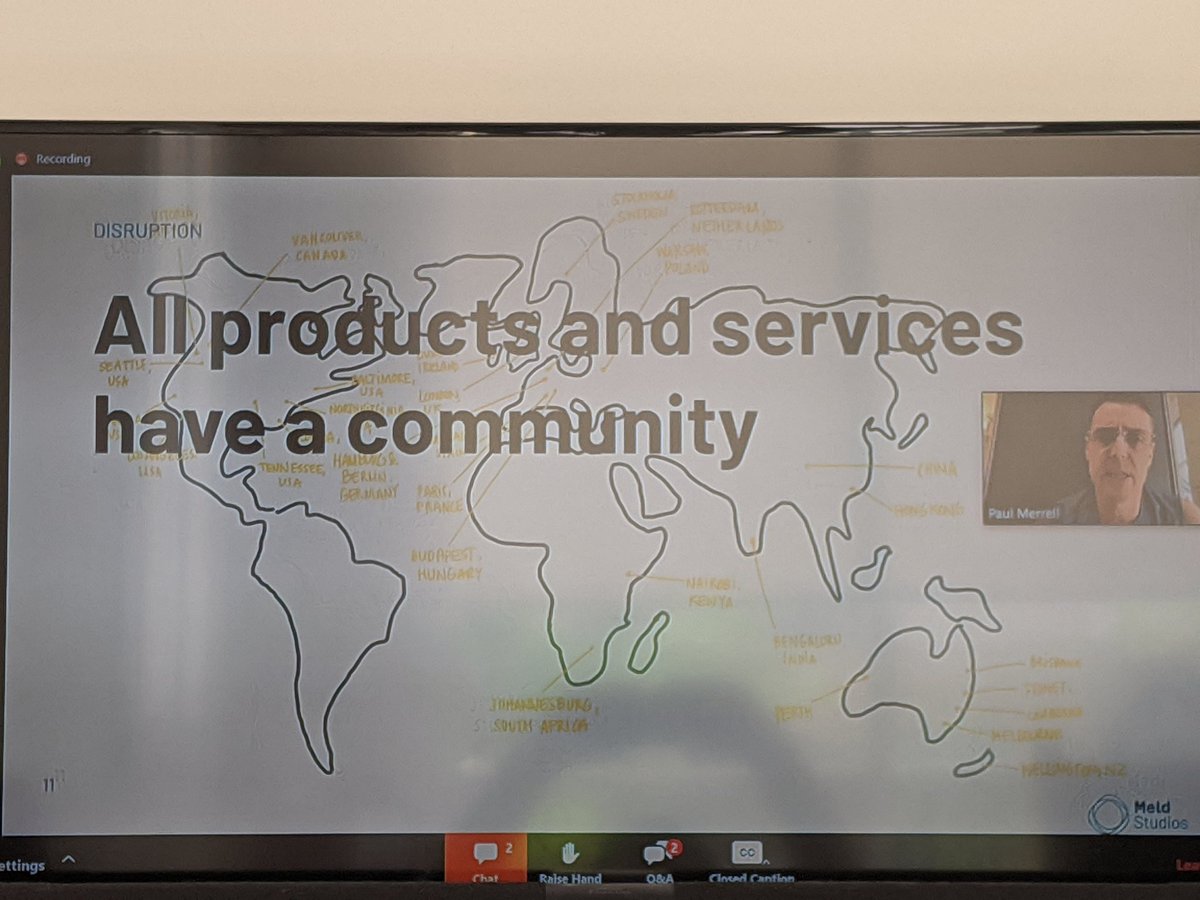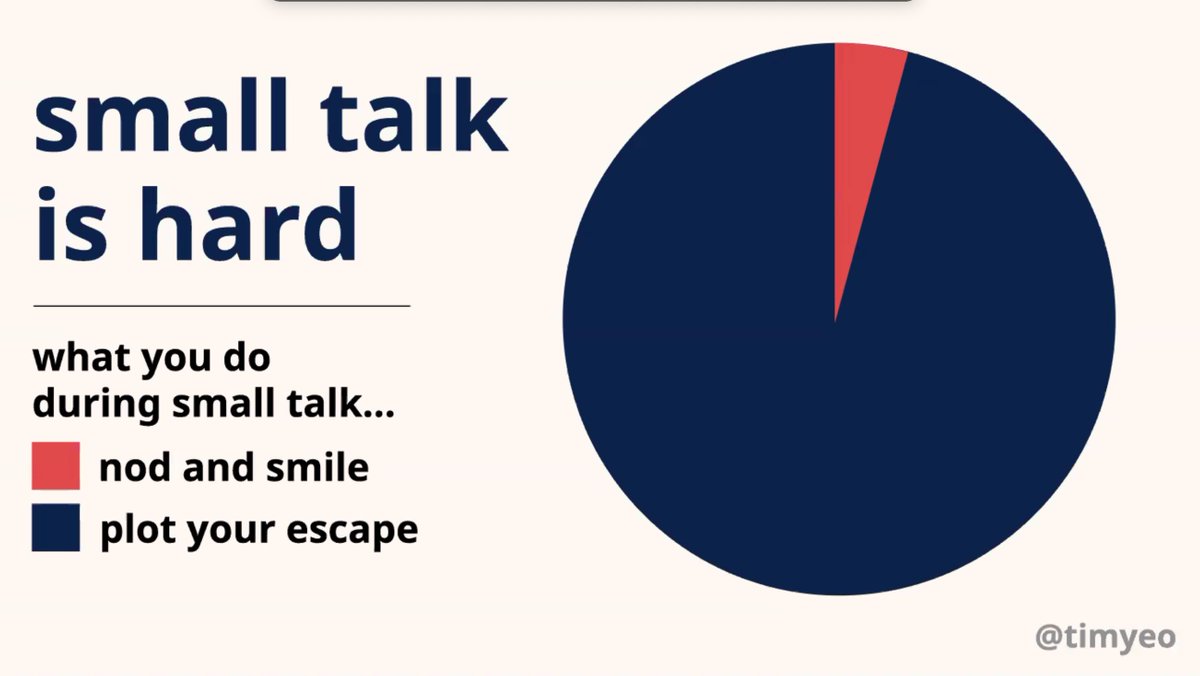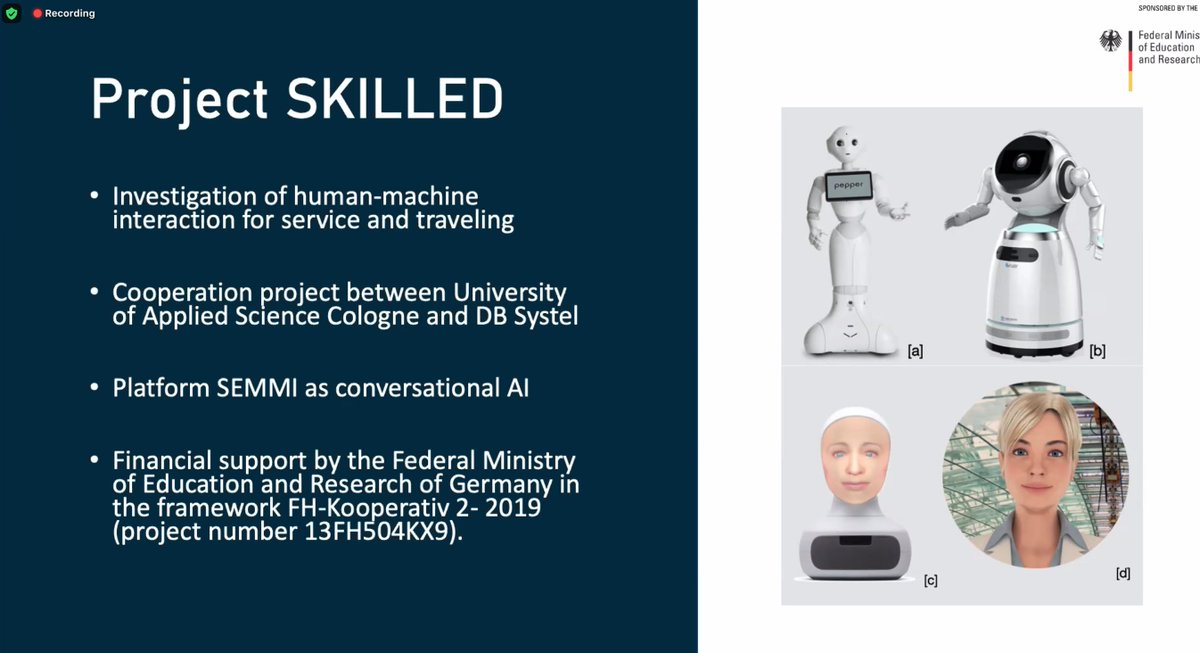Paul wants us to think about how remote participation allows us to approach design research in a new way. 

Paul will talk about 7 conventions for design research that are worth challenging.
Paul wants us to think about our practices and the way it allows us to reinvent our work to get better outcomes.
Paul wants us to think about our practices and the way it allows us to reinvent our work to get better outcomes.
Each time we embark on field research it means we free ourselves from the previous constraints and biases we previously held. 

If we are going to interview people, and they all have to be over video, do we have to interview people we would have?
How does this new default allow us to be more inclusive?
How does this allow us to scale the discovery research?
How does this allow for multiple interviews?
How does this new default allow us to be more inclusive?
How does this allow us to scale the discovery research?
How does this allow for multiple interviews?

It can be important to use familiar technology for participants.
You can always revert to a phone call or FaceTime.
You can always revert to a phone call or FaceTime.
It's important to consider the impact of the technology you're using.
Technology is more likely to bend human will rather than bend TO human will.
It can make things more rigid than before.
Technology is more likely to bend human will rather than bend TO human will.
It can make things more rigid than before.

In recruitment, who are your users?
These are all the locations on a previous project that Paul did at @WeAreMeld
These are all the locations on a previous project that Paul did at @WeAreMeld

Design research as a synchronous action.
What is we started to think about it that research is beyond that one interaction.
What is we started to think about it that research is beyond that one interaction.

People are adaptive structures.
Rather than just asking people how they're feeling and thinking, what's the context/system around them, and we should explore that.
Rather than just asking people how they're feeling and thinking, what's the context/system around them, and we should explore that.
Workshops need to be in venues.
What happens when we create distributed sessions?
People bring their lives to the screen and to the workshop.
What happens when we create distributed sessions?
People bring their lives to the screen and to the workshop.

Facilitating distributed workshops challenges the hierarchy because everyone gets an individual moment.
Analysis and synthesis involves post it's on a board.
Sure.
But what about the increased collaboration of making meaning together over new technology?
Sure.
But what about the increased collaboration of making meaning together over new technology?

How does the technology enable you to create adaptive artefacts for creating empathy?
Piecing together insights and linking to them and beyond a moment in time.
Piecing together insights and linking to them and beyond a moment in time.

Think about the time we're in, the technology we have, and how we don't need to take our current practices and make them digital—but how we can bring a new depth of insight and a more inclusive practices. 

Q: They love the idea of remote workshops but they privilege neurotypicals and people who think quickly. How can you make sure everyone gets an opportunity?
A: We tried to build that in by ensuring each participant has a moment of personal time to generate ideas and share back.
A: We tried to build that in by ensuring each participant has a moment of personal time to generate ideas and share back.
A: Candor allows people to work privately before sharing that back with the group.
When the technology is used right it can be easier for people to share
When the technology is used right it can be easier for people to share
Q: Someone tried to run a session yesterday and it became hard to make sure everyone spoke up.
A: you need to invite people to contribute privately and allow time to share it out.
If one person is remote—every person should act as remote. It evens out things and makes it better
A: you need to invite people to contribute privately and allow time to share it out.
If one person is remote—every person should act as remote. It evens out things and makes it better
Q: Have you ever had it go terribly wrong?
A: Yes. Many times. There's lots of failures, everything is a prototype and there's always better ways to do things, test and learn, and keep testing and learning. Expect failure in the future. It's a way of working out a better way.
A: Yes. Many times. There's lots of failures, everything is a prototype and there's always better ways to do things, test and learn, and keep testing and learning. Expect failure in the future. It's a way of working out a better way.
Thanks Paul!!!!!!!!
@threadreaderapp until please!
@threadreaderapp until please!
@threadreaderapp unroll please!
• • •
Missing some Tweet in this thread? You can try to
force a refresh













